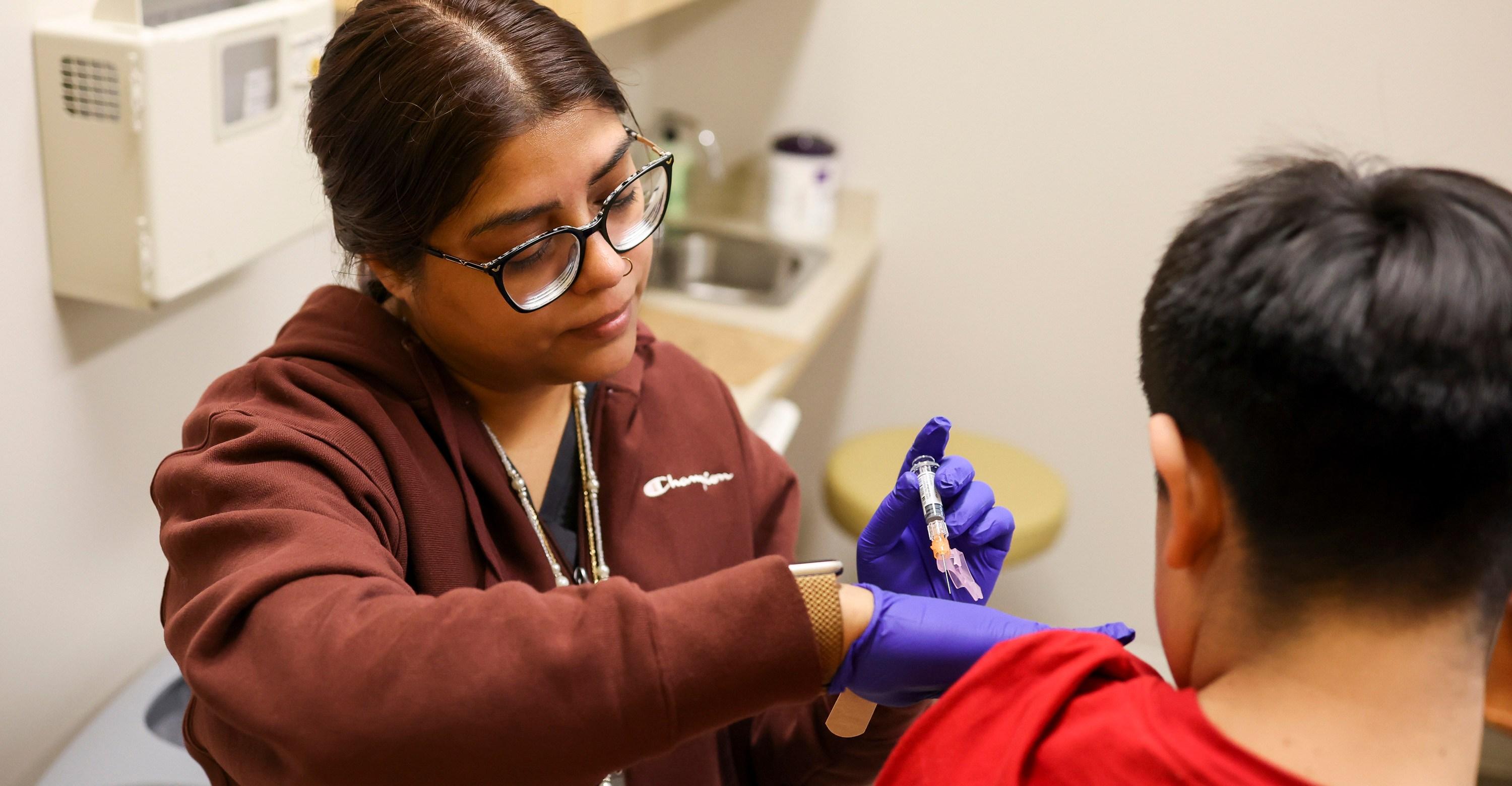Are your ears doing okay right now? Do you know? I don’t. I’m wearing noise-canceling headphones, blocking out the din of traffic passing by so that instead Spotify’s Deep Focus playlist can let me do what it promises. It’s awesome … but I can’t help but won…

Published 2 years ago on Jun 29th 2024, 12:00 pm
By Web Desk

Are your ears doing okay right now? Do you know? I don’t. I’m wearing noise-canceling headphones, blocking out the din of traffic passing by so that instead Spotify’s Deep Focus playlist can let me do what it promises. It’s awesome … but I can’t help but wonder: Is this damaging my hearing? Our increasingly urban world is increasingly loud, and it’s making us sick. You can safely listen to sounds at 85 decibels — something like the whir of a food processor or the ambient noise of a plane in flight — for up to eight hours. But because of the way hearing damage works, that time drops precipitously with small increases in volume from there. “If the sound goes up to 88 decibels, it is safe to listen to those same sounds for four hours,” according to the American Speech-Language-Hearing Association. “And if the sound goes up to 91 decibels, you’re safe listening time is down to two hours.” As Wirecutter notes, “a rock concert that registers at 110 decibels could damage your hearing in just two minutes.” Yikes. Rock concerts are one thing — it might be irresponsible, but I’m willing to suffer some minor damage to hear my favorite New York band live in all their glory. But I can only afford live music every now and then; I’m more worried about what I do every day. And while some hearing damage might be slight enough for your body to heal, if the sounds are too loud, or last too long, it can cause permanent irreparable damage. My colleague Edward Vega on the video team was concerned too. “This [worry] led to a full-on spiral,” he says in Vox’s latest video, “where I learned the horrifying statistic that over a billion young adults are at risk of permanent, avoidable hearing loss.” We wear our headphones all the time — is that part of the problem? Are they destroying our hearing? Quick pause: How your hearing can be damaged Not to go too Science 101, but loud noises and sounds damage your hearing because sound waves are pressure waves — it’s vibrating the air. And in your ear, those vibrations hit your eardrum and reverberate it, the bones around it, and the inner ear. Past your eardrum, in your inner ear, you have hair cells that absorb that energy and convert it into information to convey to your brain — letting you translate that energy into the sounds you hear. “When your hair cells are healthy, they stand up kind of like a field of wheat,” Dr. Amy Sarow, a clinical audiologist, told Vega. And when a sound wave that’s too strong, too loud, comes through, “it looks like a tornado has come through and they’re all twisted up. If you’re lucky, they’re able to sort of rebuild themselves back straight up, nice and tall, within 48 hours or so afterward. But if you do that often enough, or if the sound is loud enough, the damage is permanent.” And here’s what scared me: “In graduate school we would actually have students come into our clinic and we would have them bring their favorite headphones, and play their favorite song on their phone,” she said. And then the research team would measure the sound levels that had been playing — “a lot of times it was 110 decibels or it was over 100 decibels.” Who among us hasn’t turned the volume up for our favorite song — especially if you’re trying to overpower a loud environment around you? Do noise-canceling headphones actually help? Here was my Luddite fear: that somehow, when I was in those loud environments, my noise-canceling headphones weren’t really canceling noise, it was just drowning it out in a different way. One that could cause different — or even more — damage. For once, I’m happy to admit I was wrong. Active noise cancelation — the kind where microphones on the headphones listen to the sound of the environment and work to mitigate it, like in Apple AirPods or Bose’s QuietComfort headphones — protects your ears, too. They generate sound waves that are the exact opposite of what the ambient environment is producing, and the two actually cancel each other out. “It doesn't amplify the stuff hitting your ear. It actually reduces it,” Brent Butterworth, who’s spent eight years researching headphones as part of his job at Wirecutter, told Vega. To really understand this, check out the video; its visuals really helped me. And for more on how to responsibly use that noise cancelation tech, and why it won’t work as well to protect you at, say, those rock concerts, check out Butterworth’s article here. [Media: https://www.youtube.com/watch?v=TXk8CoMdxD8&t=81s] But one last thing Ed told me I found super interesting about this: With the most powerful noise-canceling headphones, some people can get something that Butterworth coined “the eardrum suck problem.” Vega experienced this when he bought his first pair of noise-canceling headphones in 2017. Within an hour of trying them out, “my throat started to hurt,” he said, “and I felt a lot of pressure in my ears.” The noise cancellation was perhaps too strong. This, apparently, is a real thing — or at least it feels real to your body. It’s psychosomatic. Basically, “we're so used to experiencing sound a certain way, it’s disorienting for your head,” Vega summed up. Noise canceling mostly affects the low frequencies, but high frequencies are still getting through. “So your brain thinks that there’s something wrong, and so it’s sending all these signals that are making you feel like there’s pressure but actually there’s no pressure.” There is maybe too much of a good thing? Just kidding — protect your ears. If you have or can afford to buy noise-canceling headphones (even cheap ones work relatively well!), use them to mitigate loud environments. And go check out Vega’s video! This story originally appeared in Today, Explained, Vox’s flagship daily newsletter. Sign up here for future editions.

How the US shut the door on asylum-seekers
- 21 hours ago
Pakistan Navy ships visit Port Sultan Qaboos
- 8 hours ago

Forensic report confirms presence of CM Sohail Afridi in May 9 incidents
- 9 hours ago
Iran warns Washington it will retaliate against any attack
- 7 hours ago
Mainly cold, dry weather expected in most parts: Met Office
- 8 hours ago

Preparing youth for digital economy: inside Pakistan’s wealth university
- 8 hours ago
Bob Weir, Grateful Dead co-founder and rhythm guitarist, dead at 78
- 6 hours ago
Pakistan reiterates support for Somalia's sovereignty, integrity
- 4 hours ago

Foreign remittances hit record high of $3.6bn in December
- 8 hours ago

Want closer friendships? Find your “strawberry people”
- 21 hours ago
Bangladesh players act normal despite controversies, says Shanto
- 6 hours ago
Islamabad: Cylinder blast in wedding house leaves eight dead, 11 hurt
- 7 hours ago
You May Like
Trending








